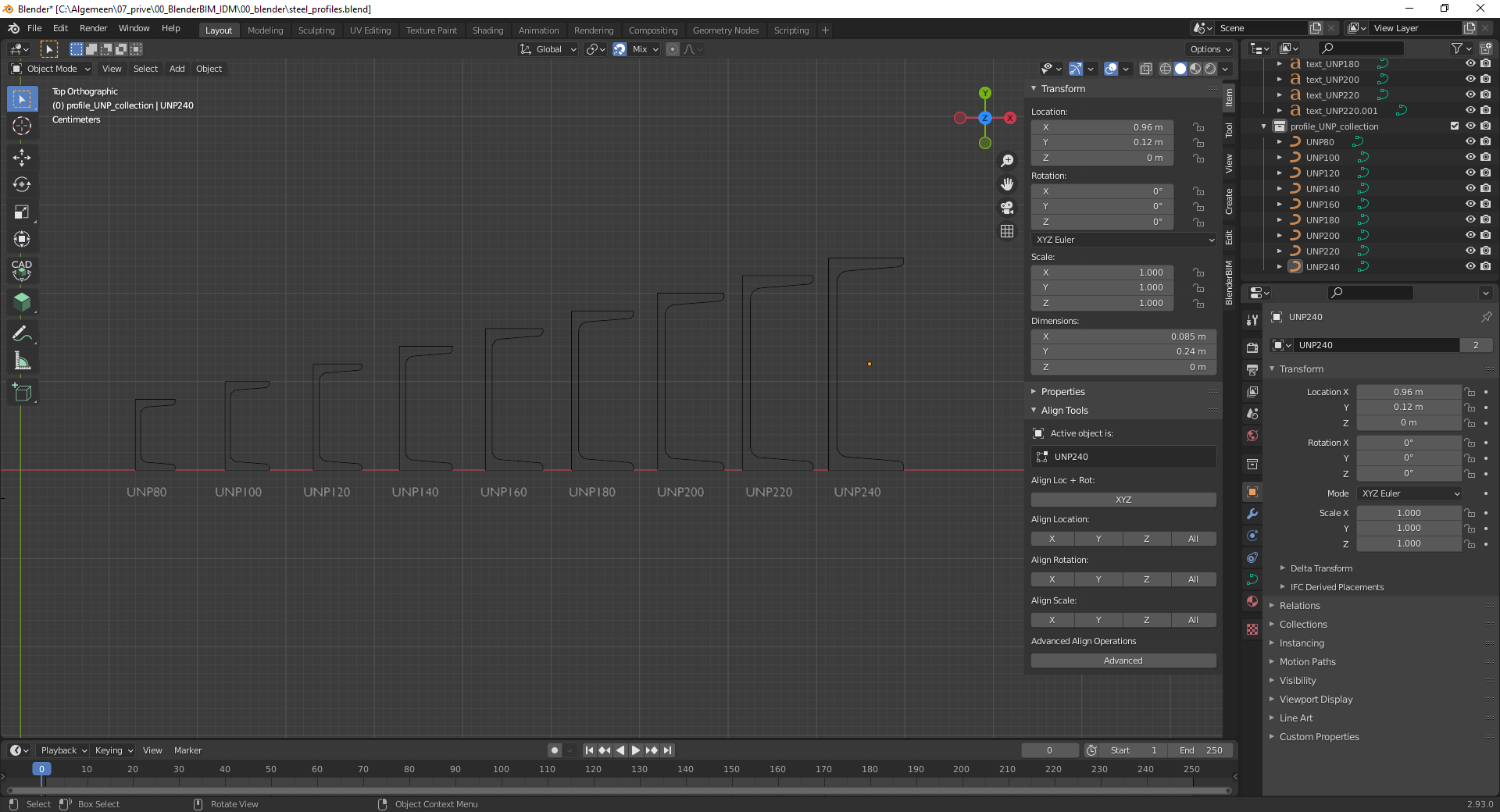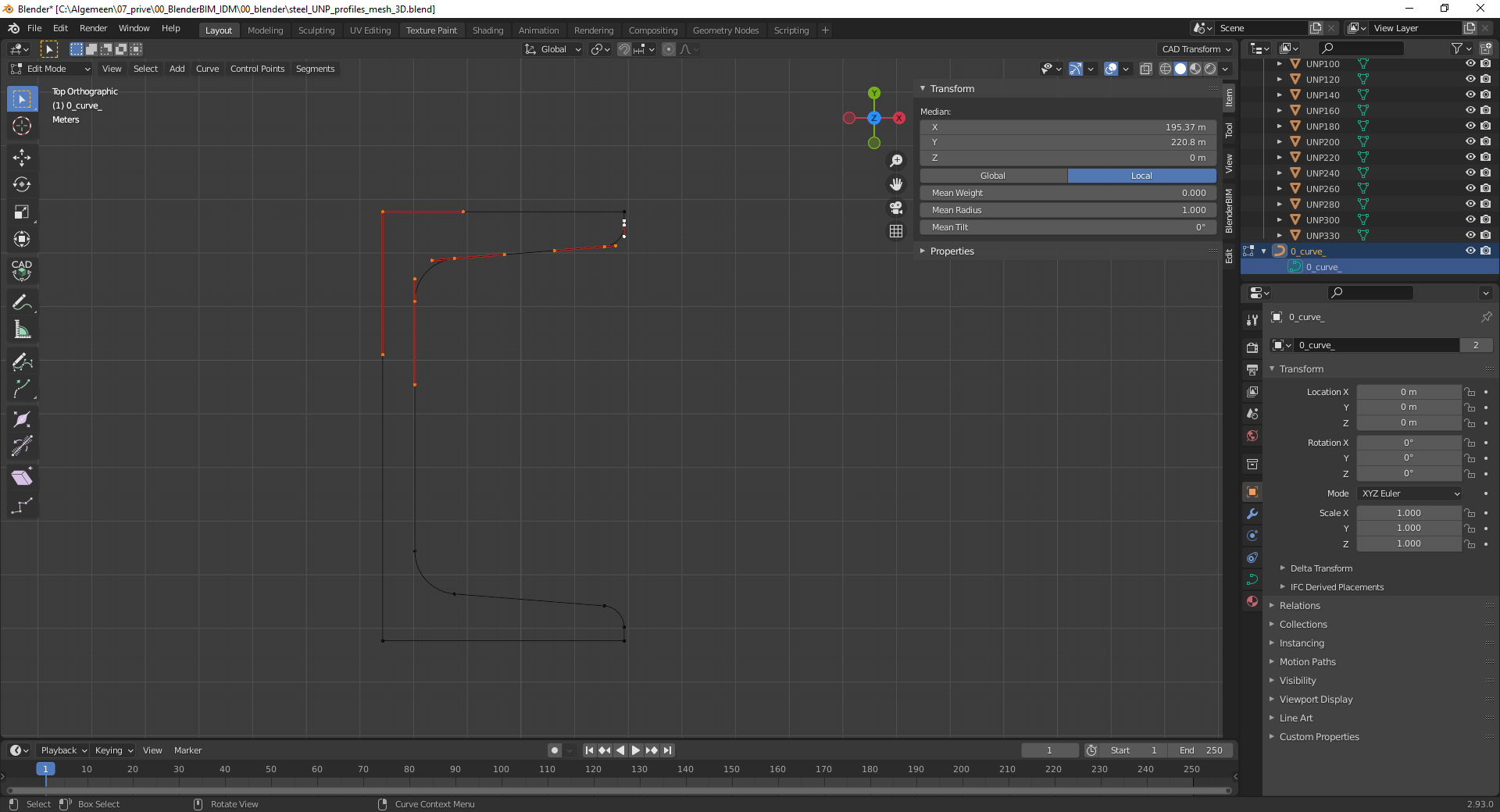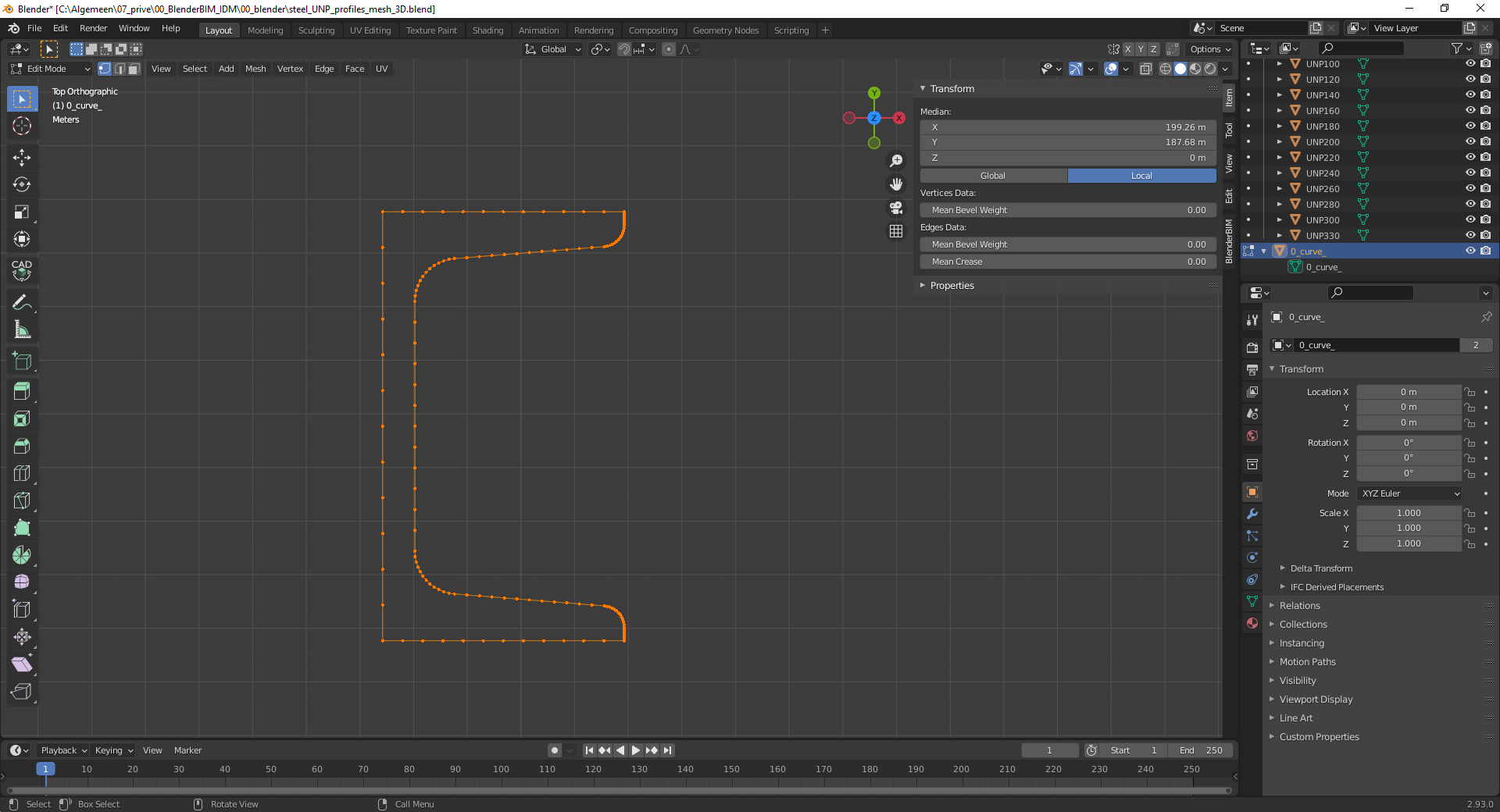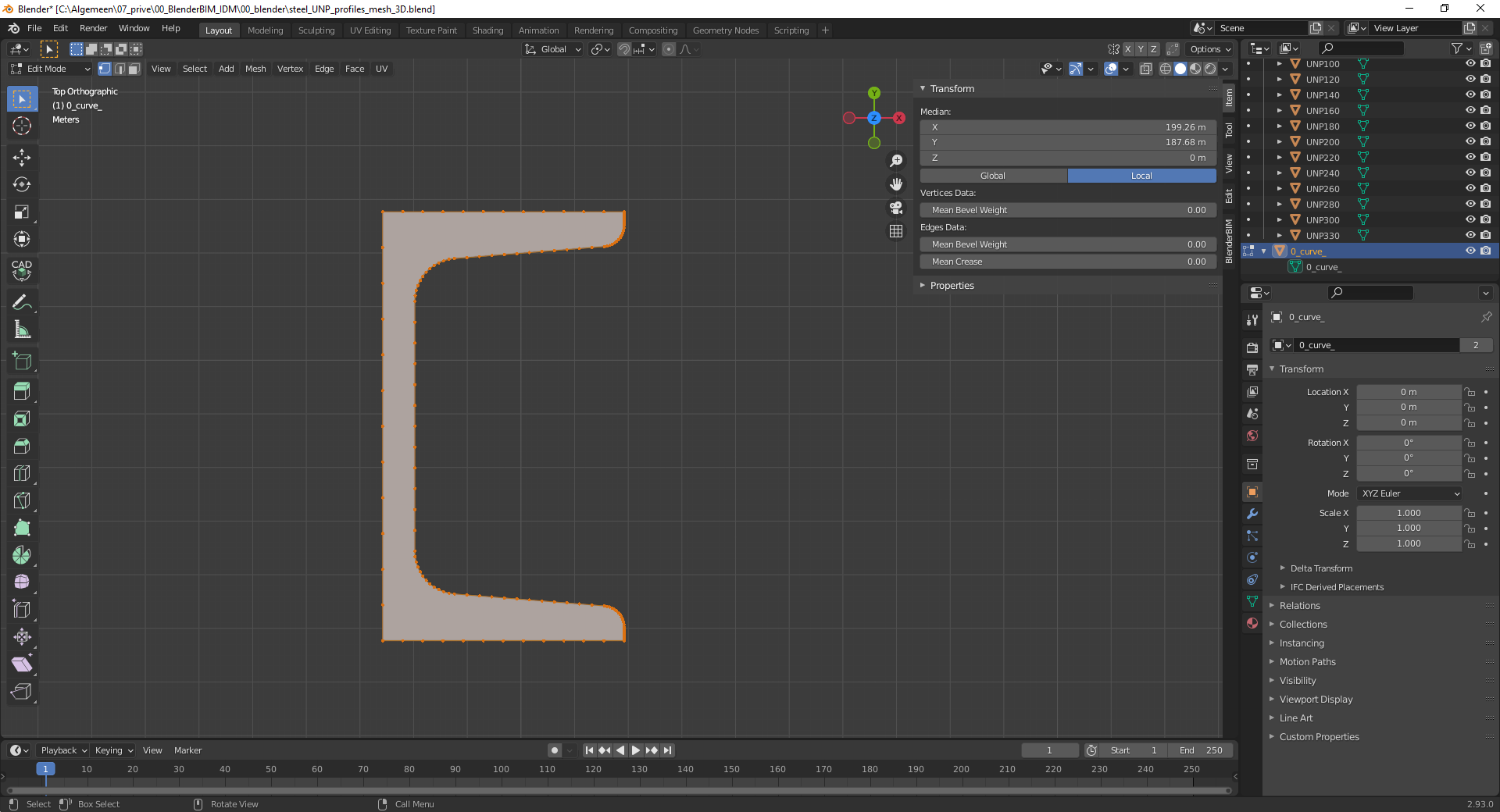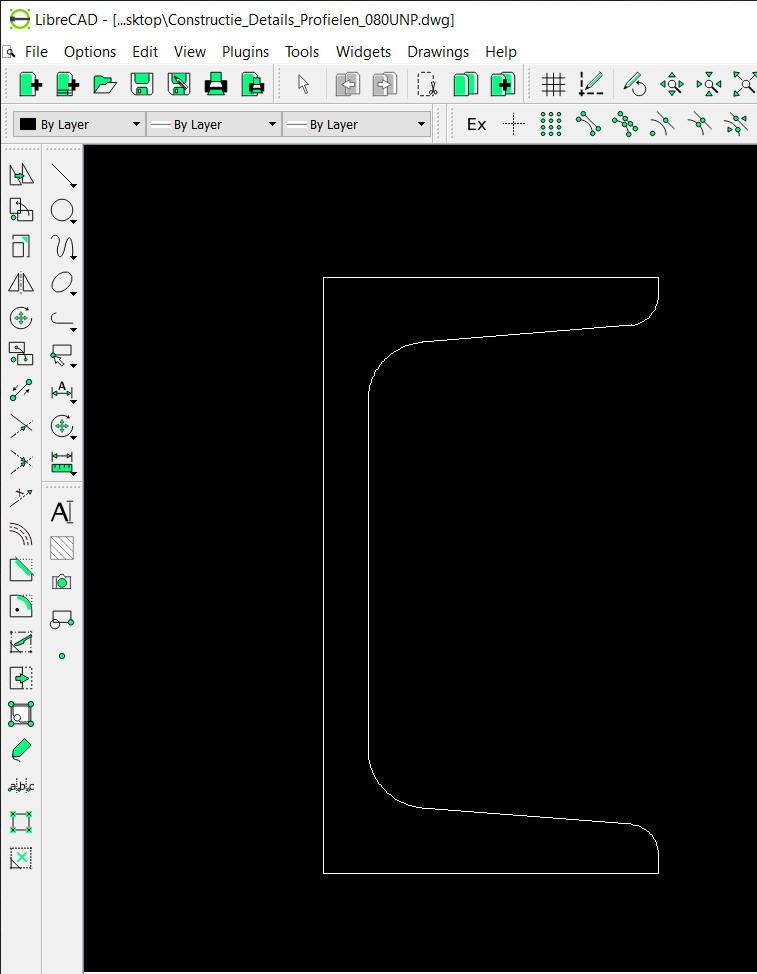@Jesusbill said:
Thanks @bernd and @yorik . BOLTS looks interesting, I have to study it.
I would be looking to have more enriched information for each profile; not just shape geometry but also moments of inertia, section moduli, torsion modulus, geometric/shear centre for non symmetric cases, etc., information that has already its placeholders in the ifc schema, too.
So that this information can be directly used in a structural analysis with beam elements for example.
I certainly don't want to reinvent the wheel and prefer to go with the flow if suitable.
I guess the existing libraries of profiles in BOLTS could eventually be enriched. What would you think @bernd ?
Then, we can create also the Ifc Project Library files to use within ifc-specific environments.
I somehow missed this post.
BOLTS is great. The original author has left the project. I did not want to let it die, thus I do maintain it and try to fix bugs and add new sections. But since I do maintain other projects too (mainly FreeCAD FEM) I just do not had the time range to improve BOLTS. It is a pitty the idea behind in great.
I am totally with you in the regard of further infomation like moments of inertia, section modulli ... We just need to be careful if material data is introduced like it is needed for plastic moments etc.
If you would help with BOLTS it would be great ...
Geometry in FreeCAD is created on the fly in python and the data is separated from the code. BOLTS can be connected to any CAD with python interface. I have set up an experimental one for NemetschekAllplan. There are two which works ATM very well, one for FreeCAD and one for OpenSCAD. A connector for BlenderBIM would be cool.
Or the idea you had with IFC ...
We may make a separat new topic just for BOLTS?
cheers bernd
